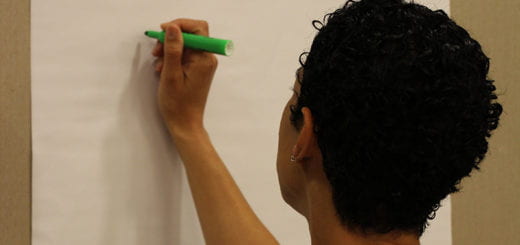Backward Course Design: Putting Student Learning First

When designing or redesigning a course, it is tempting to start with the question: “What content do I need to cover?” But what if we flipped the process? What if we started with the end in mind – specifically, with the question “What do I want the students to learn?”
Backward design is an approach to course design that begins with that very question and prioritizes what students should know or be able to do at the end of the course. Here’s how it works:
- Identify desired results: Start by articulating your intended student learning objectives or outcomes. What knowledge and skills do you want students to take away from your course? Starting here shifts the emphasis from content delivery to student learning. It’s about facilitating student growth, not just covering material.
- Determine acceptable evidence: Once you have identified the students’ learning objectives, consider what evidence you need to collect from students to gauge their progress towards those goals. Consider a variety of assessments including no/low-stakes opportunities for students to approach the content and receive feedback multiple times before a high-stakes summative assessment.
- Plan learning activities: Once you have identified the learning objectives and the necessary evidence you need to collect, you’re ready to design learning experiences that help students achieve those outcomes. These activities could include lectures, discussions, labs, group projects, and more.
By starting with the learning objectives first, you ensure an alignment across what students learn, how you assess what they learn, and what you teach.
Further Reading on Backward Design for Learning:
Michael, N. A., & Libarkin, J. C. (2016). Understanding by Design: Mentored implementation of backward design methodology at the university level. Bioscene: Journal of College Biology Teaching, 42(2), 44-52.
Reynolds, H. L., & Kearns, K. D. (2017). A planning tool for incorporating backward design, active learning, and authentic assessment in the college classroom. College Teaching, 65(1), 17-27.
Wiggins, G. P., & McTighe, J. (2005). Understanding by design. Ascd.




